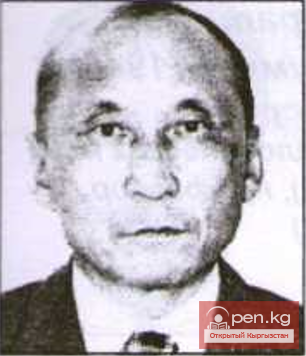
Early Saka Period (VIII—VI centuries BC).
It is represented by metal artifacts: an amulet with a solar symbol, a mace head, as well as, most likely, a fragment of a celt and a dagger. This early stage in the history of ancient nomads has not yet been distinguished in the archaeology of Kyrgyzstan, as burial mounds from that time have not yet been found or excavated, not to mention settlements.
The initial stage of the formation of the culture of ancient pastoralists in Kyrgyzstan is currently represented only by random finds. It is noteworthy that some of the most expressive finds were discovered in the immediate vicinity of the ancient settlement of Sarybulun. For instance, in the area of the Tyup Bay in the early 1880s, a hoard consisting of 20 items from a set of bronze bridle parts was found. It included bits, cheekpieces, stirrups, a buckle, and round plates.
Some of them are decorated with images of animals executed in the Scythian-Siberian animal style. The entire complex dates back to the VII—VI centuries BC. Almost a hundred years later, in the vicinity of the village of Barskoon, two massive bronze plates depicting a coiled predatory animal were accidentally discovered. These plates are unique, as there are none like them throughout the Scythian-Saka world. The pose of the animal is distinctly different from the oldest examples known from finds in Zivie (Iran) and Arjan (Tuva)—specifically, with its front and hind legs tightly closed and a sharply protruding ear. In this regard, the Issyk-Kul plates are most similar to the spring buckle (in the form of a coiled predator) from the burial site of Uigarak. Apparently, the Issyk-Kul plates, like the Uigarak ones, date back to the VII—VI centuries BC.
Near the northern shore of Tyup Bay, bronze bits with a stirrup-like end featuring an additional hole were found at the bottom of the lake during the 1985 season.
Early Saka bronze arrowheads of rhombic shape with a socket were found along the route of the Great Chuy Canal. Some of them are identical to the Arjan ones, that is, the oldest arrowheads of the Sakas. They were cast in the VIII—VII centuries BC.
Periods of habitation of the Sarybulun settlement













































